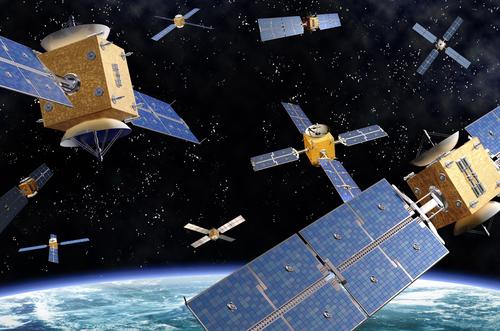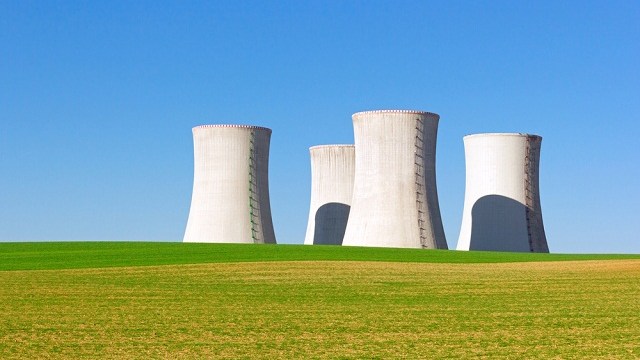Russian Rocket Failure Results In More Space Junk

Article written by guest writer Kecia Lynn
What’s the Latest Development?
Last week, part of a Russian Proton rocket that was intended to help launch two satellites broke up in orbit, resulting in a large cloud of debris added to the already growing mass of dead spacecraft, rocket bodies, and other fragments circling the planet. The US and Russian governments are jointly investigating the cause of the breakup and any possible consequences. Over 500 pieces of debris are currently being tracked, according to Department of Defense spokeswoman Lt. Col. Monica Matoush.
What’s the Big Idea?
State Department spokesman Jamie Mannina said that at this time, the International Space Station and other active satellites are not at risk of damage from the debris resulting from this rocket break-up. However, he adds that although some pieces are reentering the atmosphere, “most…will remain in orbit for an extended period of time.” The cloud of space junk surrouding the Earth already contains an estimated 500,000 pieces bigger than a marble, along with 22,000 softball-sized pieces. Moving at thousands of miles an hour, they do pose a considerable threat to both satellites and spacecraft that carry crew members.
Photo Credit: Shutterstock.com





